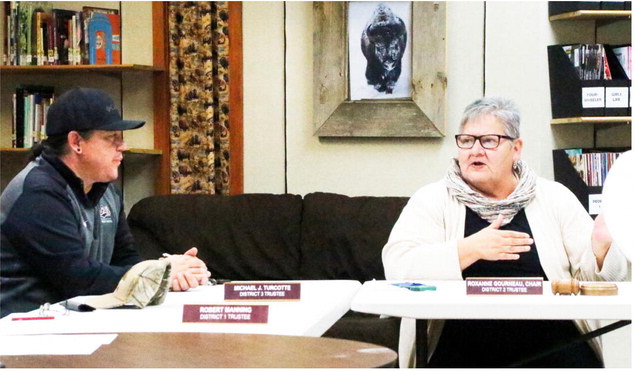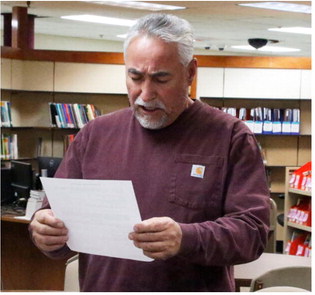Smoke Alarms Necessary In Every Home
Smoke alarms are a key part of a home fire escape plan. When there is a fire, smoke spreads fast. Working smoke alarms give you early warning so you can get outside quickly.
Safety Tips
•Install smoke alarms in every bedroom. They should also be outside each sleeping area and on every level of the home. Install alarms in the basement.
•Large homes may need extra smoke alarms.
•It is best to use interconnected smoke alarms. When one smoke alarm sounds, they all sound.
•Test all smoke alarms at least once a month. Press the test button to be sure the alarm is working.
• Current alarms on the market employ different
types of technology including multi-sensing, which could include smoke and carbon monoxide combined.
•Today’s smoke alarms will be more technologically advanced to respond to a multitude of fire conditions, yet mitigate false alarms.
•A smoke alarm should be on the ceiling or high on a wall. Keep smoke alarms away from the kitchen to reduce false alarms. They should be at least 10 feet (3 meters) from the stove.
•People who are hard-ofhearing or deaf can use special alarms. These alarms have strobe lights and bed shakers.
•Replace all smoke alarms when they are 10 years old.
Quick Facts
A closed door may slow the spread of smoke, heat and fire.
Smoke alarms should be installed inside every sleeping room, outside each separate sleeping area, and on every level. Smoke alarms should be connected so when one sounds, they all sound. Most homes do not have this level of protection.
Roughly three out of five fire deaths happen in homes with no smoke alarms or no working smoke alarms.

